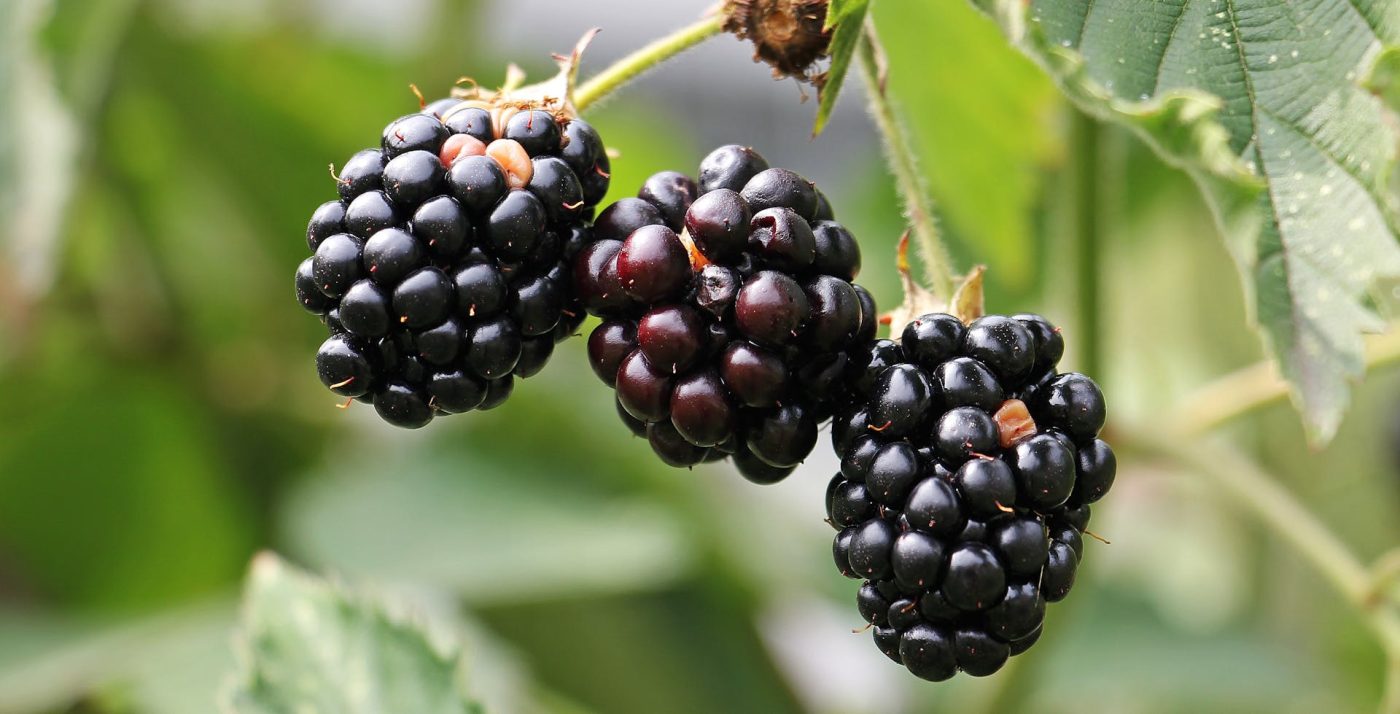YETRAC
Growing Blackberries at the Allotment
Growing Blackberries at the Allotment
Blackberries, despite being referred to as berries, are technically aggregate fruits made up of small drupelets. These delicious fruits are easy to grow and can produce an abundant harvest with the right care.
When to Grow Blackberries
- Planting Time: Blackberries can be planted from January to April. Bareroot plants, which are dormant, are ideal for planting in winter.
- Varieties: You can also grow hybrid varieties like loganberries, dewberries, and tayberries.
- Resilience: Blackberries are hardy and can tolerate various conditions, making them suitable for year-round planting with adequate care.
Where to Grow Blackberries
- Location: Choose a sunny spot for optimal growth and fruiting.
- Space Requirements: Ensure there is enough room for the plants to spread. If space is tight, train the plant along a fence.
- Watering: While blackberries are resilient, regular watering is crucial when they are bearing fruit.
How to Plant Blackberries
- Planting Technique: Bareroot blackberry plants should be planted with enough width for root expansion, rather than depth. Space the plants about 3-4 feet apart in rows, with 6-8 feet between rows.
- Support and Pruning: After planting, trim the cane to approximately 9 inches to healthy buds and provide immediate support. This initial trimming encourages healthy shoot growth in the spring.
How to Take Care of Blackberry Plants
- Pruning and Training: Regularly prune and train your blackberry plants to improve airflow to the fruit. Without regular pruning, these vigorous plants can quickly become unmanageable.
- Support: When training, ensure it is done in a way that simplifies harvesting and winter cutting.
When and How to Harvest Blackberries
- Harvest Time: Expect your first good harvest of blackberries one year after planting. Harvest occurs from late summer into autumn.
- Ripeness Check: Only pick berries that are fully ripe, plump, and dark. Red or firm berries will be more tart in flavor.
- Harvesting Technique: Gently tug ripe berries from the plant to avoid damage.
Common Problems with Blackberries
- Pests: Common pests include aphids, spider mites, and raspberry fruitworms. These can harm leaves, flowers, and fruit, reducing plant health and yields.
- Diseases: Blackberries are prone to powdery mildew (white powdery spots on leaves and stems) and Botrytis fruit rot (mould on fruit). Keep an eye on moisture levels to prevent root rot.
- Other Issues: Thrips can cause distorted leaves by feeding on plant tissues.
Popular Blackberry Varieties
- ‘Loch Ness’ and ‘Chester’ are popular thornless varieties, making them easier to manage and harvest.
- ‘Marion’ is well-liked for its excellent flavor.
- ‘Apache Blackberry’ produces large, firm berries with a rich, sweet taste.
- ‘Helen’ is a high-yield variety that produces large, glossy berries.
Different Ways to Use Blackberries
- Fresh: Blackberries can be eaten straight from the plant.
- Freezing: Freeze them for later use in desserts, jams, or smoothies.
- Baked Goods: Add them to pies, muffins, and cobblers for a sweet and tangy taste.
- Preserves: Make jams, jellies, or preserves to enjoy on toast or desserts.
- Drying: Dry blackberries to create fruit snacks or trail mix.
Growing Blackberries in Summary
Planting Blackberries
- Space the canes generously.
- Support immediately.
- Trim to a healthy bud.
Growing Blackberries
- Prune and train regularly for airflow and easy harvesting.
- Water during dry spells, although they are quite resilient.
Harvesting Blackberries
- Harvest when plump and dark.
- Lighter red berries are more tart.
- Freeze the harvest for later use.
By following these guidelines, you can enjoy a rich blackberry harvest from your allotment year after year. Blackberries are rewarding to grow and versatile in the kitchen, making them a valuable addition to any gardener’s plot.

